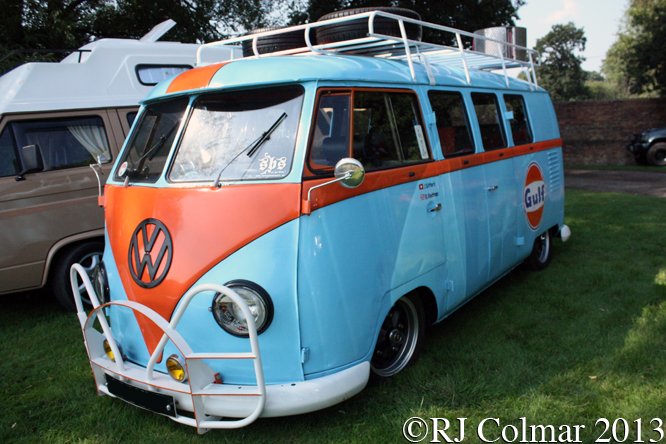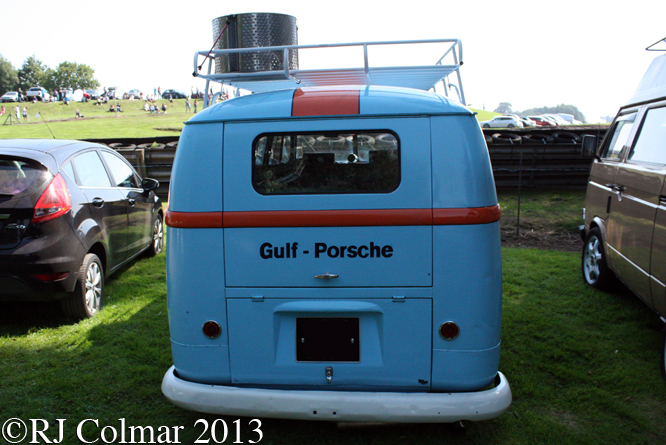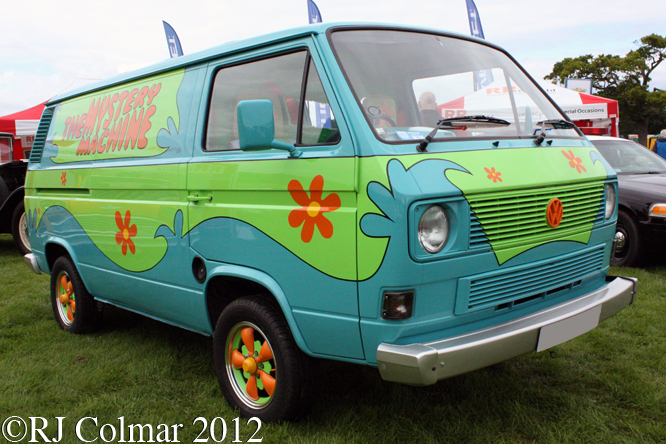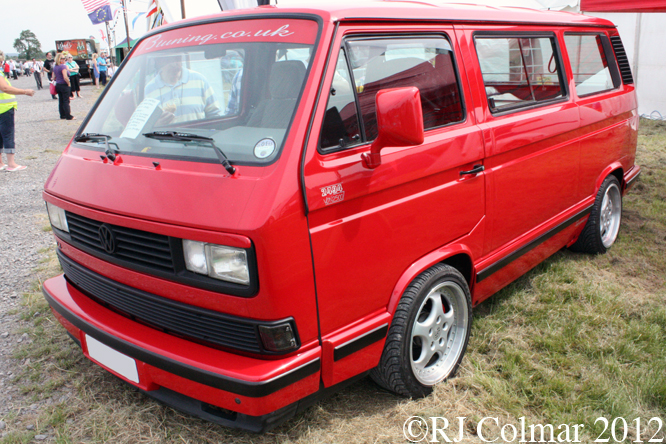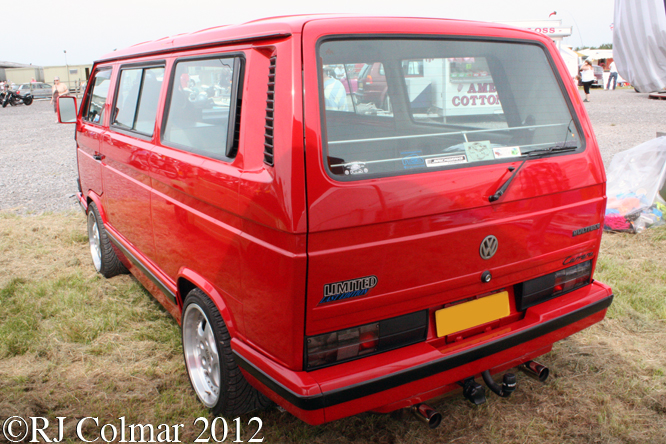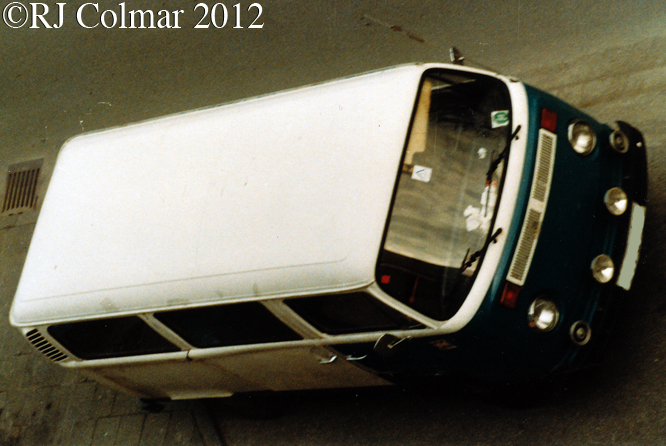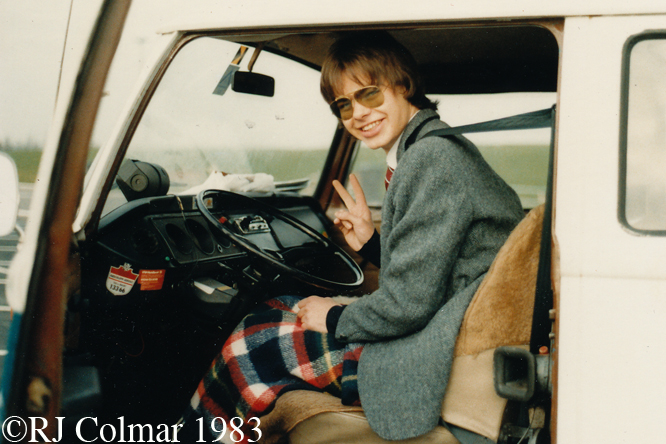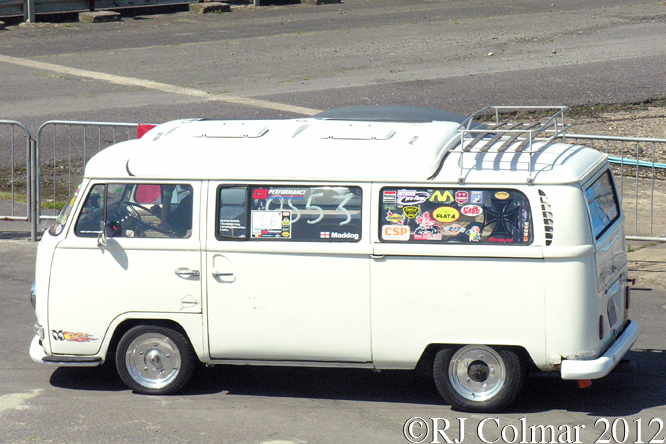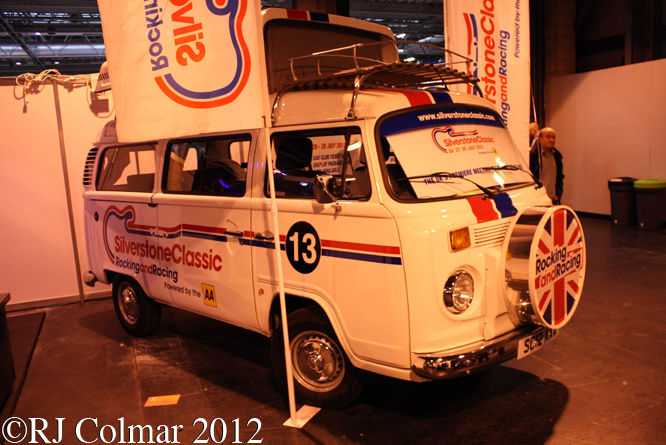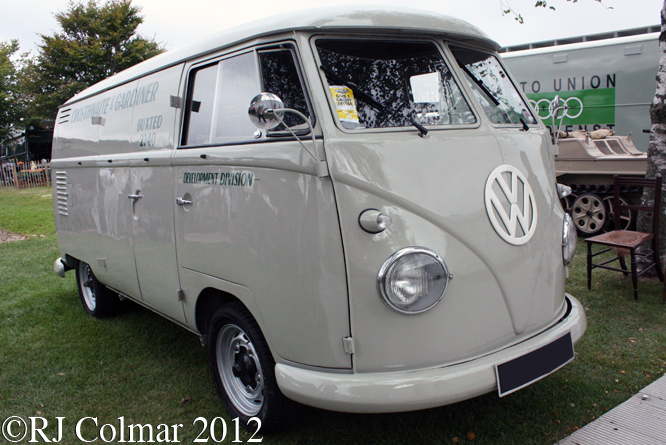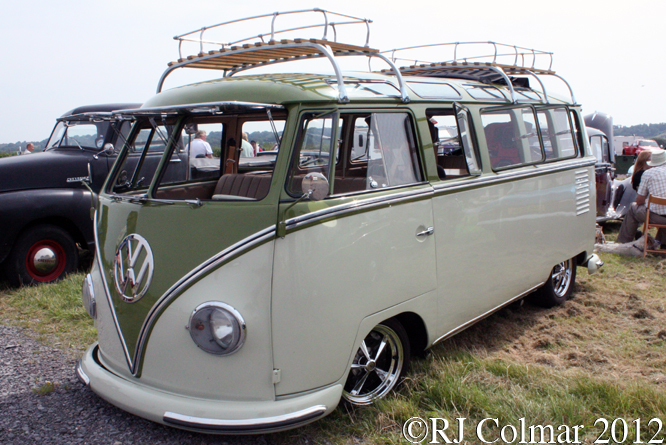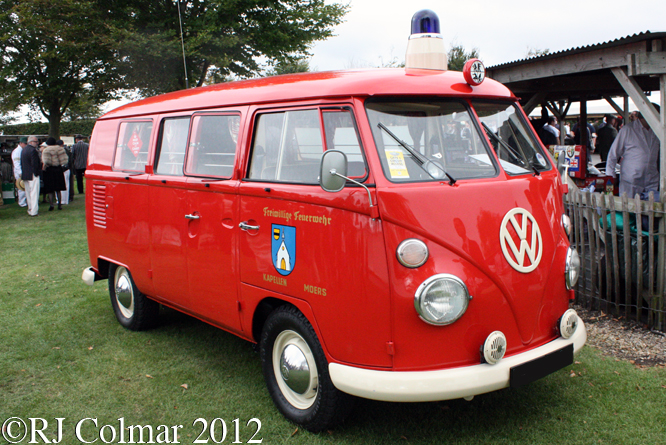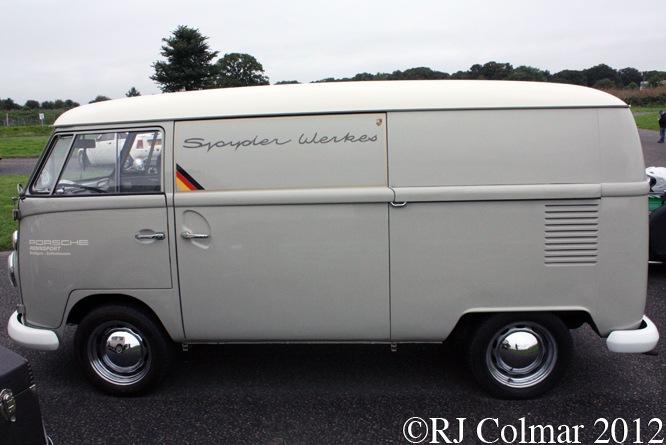This month’s monday blog sees a return to the pick up theme, today’s featured pick up is a 1963 Volkswagen Type 2 (T1) seen at last years Classic Motor Show held at the NEC in Birmingham.
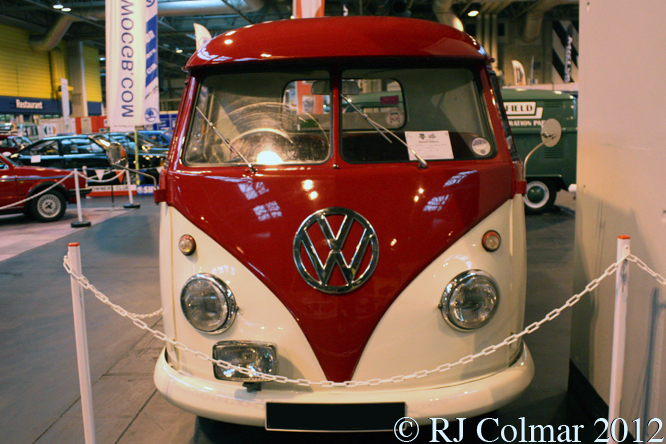
The pick up version of the Volkswagen Type 2 was not introduced until 1952 three years after Type 2 production commenced. The pick up variant had the fewest changes of all the Type 2 (T1)’s until the introduction of the bigger Type 2 (T2) in 1968.
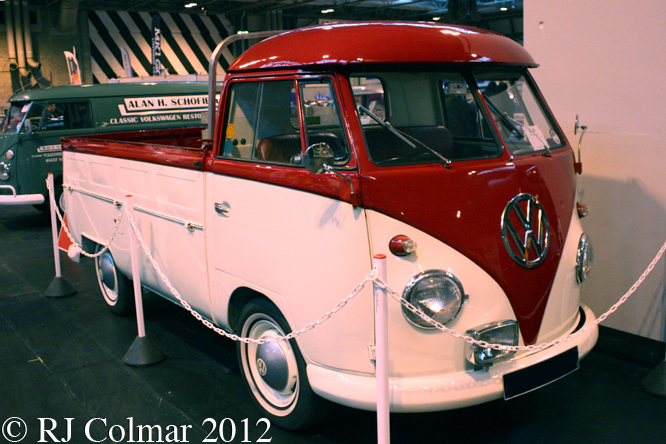
1963 saw the introduction of the 51 hp 1500 cc / 91.5 cui flat 4 cylinder air cooled motor which replaced the 40hp 1200 cc / 72 cui unit first seen in 1959.
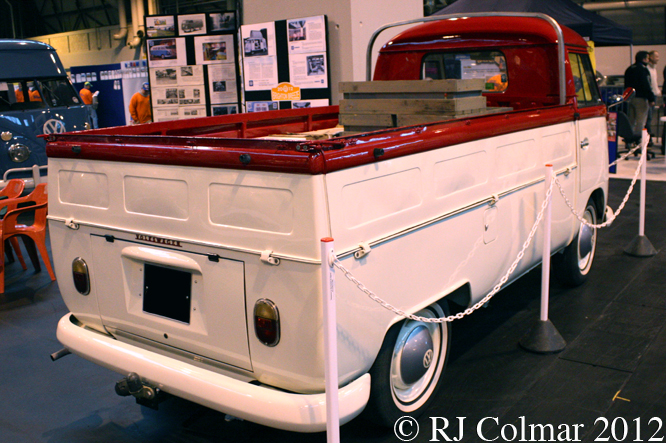
Sales of Type 2 (T1)’s are often incorrectly thought to have been adversely affected in 1964 by the so called Chicken Tax introduced by the United States on imported panel vans and pick ups, a response to the on going trade tariff war between the US and Europe after West Germany had introduced trade restriction on imported US Chicken. In fact President Johnson appears to have applied a 25% tax on imported panel vans and pick ups in order to avert a strike by the United Auto Workers before the 1964 Presidential election and it was the UAW’s President Walter Reuthner who wanted the reduction on such imports.
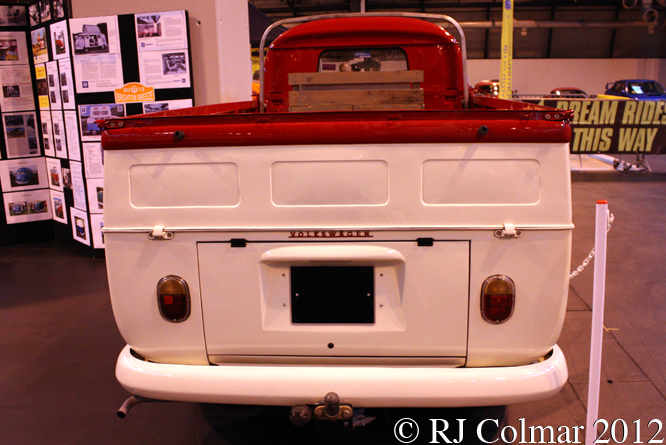
Volkswagen pick ups were ready made for transporting racing cars without the need for a trailer, perhaps the single most famous example of such a transporter was run by Fife, WA Volkswagen dealer Pete Lovely who was frequently seen pulling into the Formula One paddock in his VW Type 2 (T1) pickup with his Lotus 49 on the back.
Split screen forward control VW Pick Ups today are highly collectible, I have seen examples in good condition being offered for €22,000, GBP £18,000, US$ 30,000 which is probably a bargain when one takes into account the amount of time and effort it requires to keep one in good condition.
Thanks for joining me on this “Split Screen Forward Control Pick Up” edition of “Gettin’ a li’l psycho on tyres” I hope you will join me tomorrow for the first in a series of two stroke Tuesday’s. Don’t forget to come back now !


